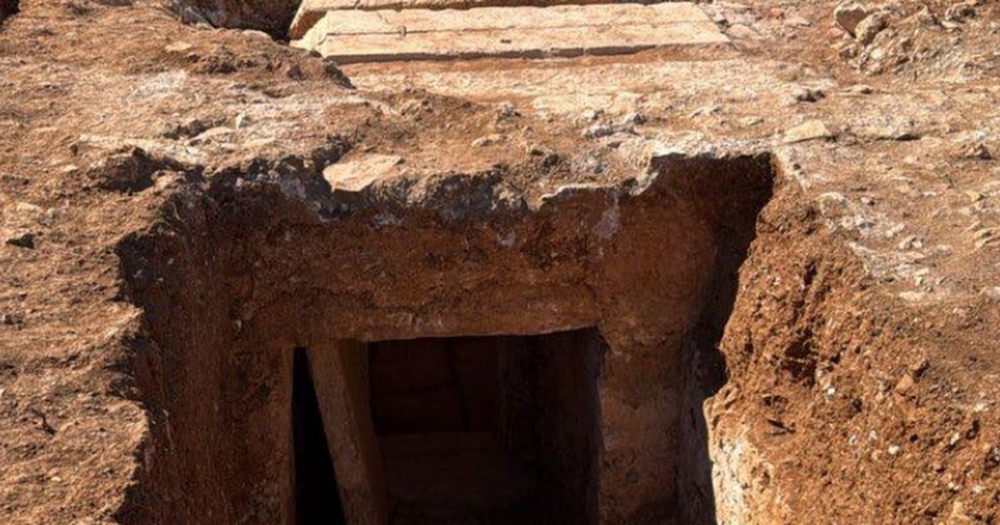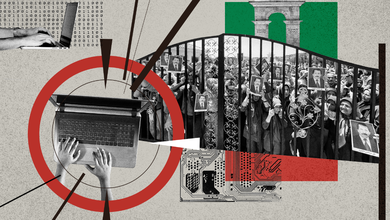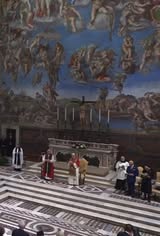
A monumental tomb dating back to the Roman period has been discovered in Bulqiza. The discovery was made in the area called "Fusha e Gurrës" in the village of Strikçan, by excavations by a group of archaeologists from the Institute of Archaeology.
From preliminary research, archaeologists estimate that this tomb dates back to the 3rd - 4th century AD.
Archaeologist Erikson Nikolli says that the tomb is very well preserved and has large dimensions, 9 meters long and 5 meters wide, divided into several parts where there is an entrance with stairs, antechambers and burial chambers.
According to the director of archaeological excavations, this type of monumental tomb is discovered for the first time in Albania and provides first-hand data on the elites of contemporary society in our hinterland.
The Mayor of Bulqiza Municipality, Festime Mjeshtri, said that this monument will be preserved by the Municipality of Bulqiza to become a tourist attraction.
Based on the wall structures integral to the monumental tomb, archaeologists believe that this monument was not only developed underground, but also above ground, hypothesizing the presence of a Roman mausoleum.
The burial chamber, although robbed and plundered several times in the ancient period and even later, fortunately contained part of the inventory and bones that allow the interpretation of this surprising discovery. The burial chamber also contains an inscription that speaks of the individual who was placed in this particular structure. According to the inscription, his name was Gelliano.
The inventory, although scarce, consisted of various types of glass vessels, bone combs, knives and other surprises, the arrival to our days of the textile clothing of the deceased, a rare case in archaeological discoveries.
Archaeologists at this site have also discovered another multi-line inscription, which is expected to be interpreted soon.
This discovery extraordinarily enriches the archaeological map of Bulqiza and the ancient history of the area, and places Bulqiza at the heart of ancient civilizations, clearly demonstrating the importance it had in past times.






















